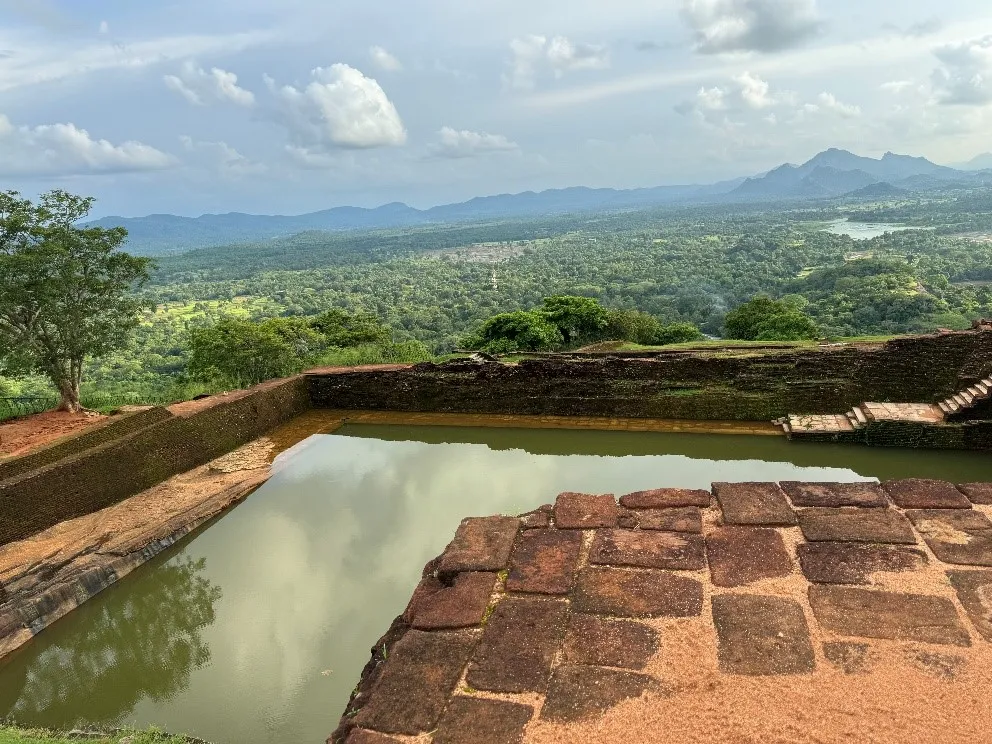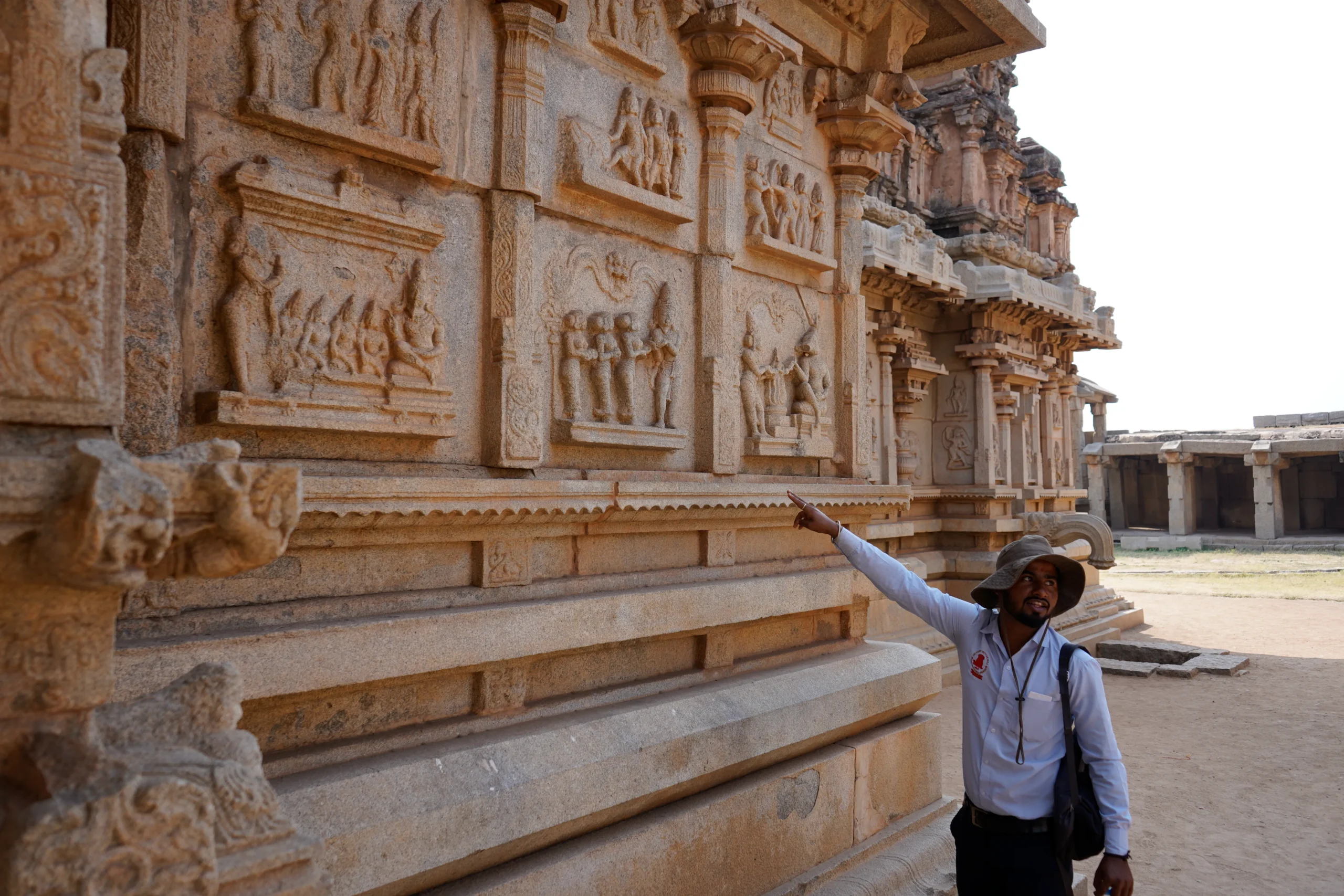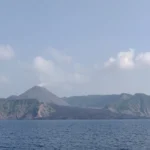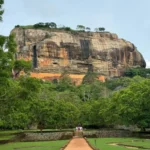Ultimate Bastar Travel Guide — Best Time, Festivals & Top Sights
Ritu Goyal Harish
Ultimate Bastar Travel Guide: Beyond the Guidebooks

Discover the raw, untamed beauty of Bastar — where ancient tribal traditions, dramatic waterfalls, mysterious caves, and living archaeological sites create an unforgettable experience. This comprehensive guide covers when to visit, unique festival highlights, and practical travel tips for the intrepid explorer.
Why Bastar Should Be Your Next Destination?
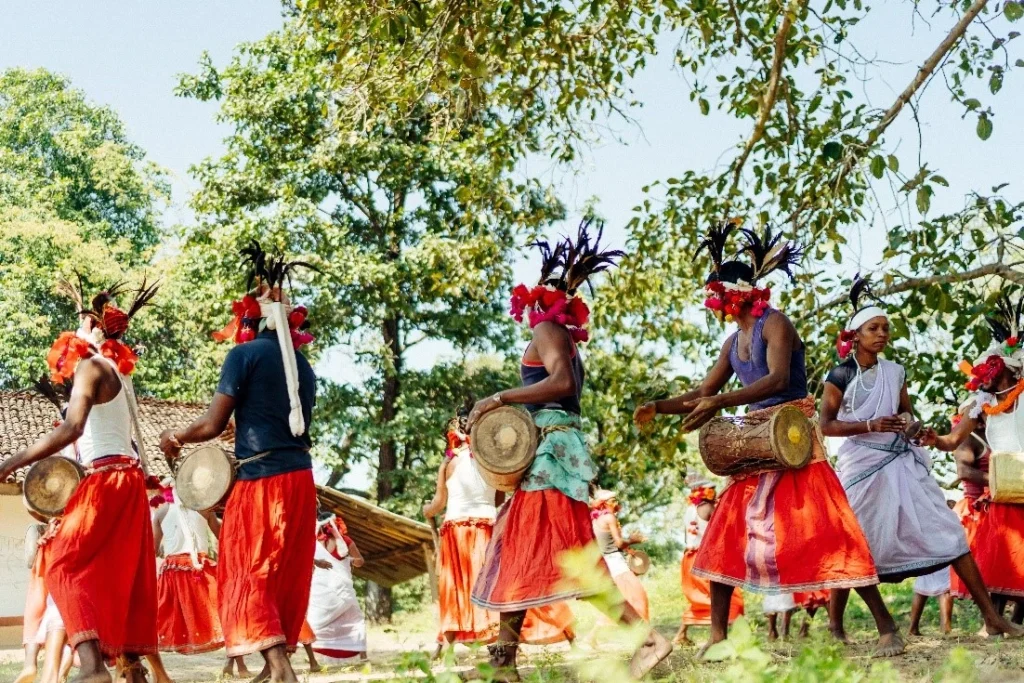
Bastar is more than a destination — it’s an immersive cultural experience that stays with you long after you leave. This region offers what mainstream tourism has lost: authenticity. From vibrant tribal festivals continuing for centuries to pristine waterfalls hidden in dense forests and the taste of unique local cuisine, Bastar promises adventures you won’t find anywhere else in India.
Best Time to Visit Bastar: Seasonal Guide
🍂 Ideal Season (October to March)
- Perfect Weather: Pleasant temperatures (10°C to 27°C) ideal for sightseeing and trekking.
- Festival Highlights: Experience the world-famous Bastar Dussehra (typically October) and the Madai festival circuit.
- Optimal Conditions: Clear skies and comfortable humidity for photography and exploration.
☀️ Summer (April to June)
- Weather: Hot but manageable for early morning and late evening activities.
- Advantage: Fewer crowds and better accommodation availability.
- Waterfall Season: Spectacular water flow during early summer, perfect for visiting Chitrakote.
🌧️ Monsoon (July to September)
- Lush Landscapes: Incredibly green region with stunning photographic opportunities.
- Considerations: Heavy rainfall may disrupt travel to remote areas and treks like Dholkal Peak.
Must-Experience Tribal Festivals of Bastar
Bastar Dussehra: The 75-Day Spectacle
Bastar Dussehra is not a festival — it’s the heartbeat of the region, a 75-day cultural spectacle involving the entire tribal community.
- Unique Rituals: Witness the carving of a 75-foot chariot and worship of local deities.
- Cultural Immersion: Traditional music, dance, and rituals preserved for over 500 years.
- Timing: Typically begins in August and culminates in October.
Madai Festival: The Tribal Pilgrimage
A month-long festival where different tribes host the deity at various villages, creating a moving celebration across Bastar.
- Traditional Markets: Shop for authentic tribal handicrafts and Jewellery.
- Cultural Performances: Unique dances and music from each tribe.
Bastar's Natural Wonders: Waterfalls, Caves & Treks
Chitrakote Falls: The Niagara of India
- Majestic Beauty: India’s widest waterfall forming a horseshoe shape during monsoon.
- Boat Rides: Experience the falls from close quarters with safe boat services.
- Best Viewing: Visit during or just after monsoon for spectacular water flow.
Tirathgarh Falls: The Multi-Tiered Marvel
- Stunning Cascade: Water falling 100 feet over multiple rocky tiers.
- Easy Accessibility: Well-maintained pathways and viewing platforms.
- Surrounding Beauty: Located within Kanger Valley National Park.
Hidden Waterfall Gems
- Tamda Ghumar: A serene, cascading waterfall surrounded by dense forest.
- Mehendri Ghumar: Known for its picturesque setting, ideal for a peaceful retreat.
- Saat Dhaara: A unique formation where the stream splits into seven channels.
Dholkal Peak: The Trekker’s Pilgrimage
A challenging yet rewarding trek through pristine forest leading to a 13th-century Ganesha idol perched mysteriously on a hilltop at 3000 feet. The panoramic views and the sense of discovery make this a must-do for adventure seekers.
Kotumsar Cave: The Underground Wonder
- Limestone Marvel: Fascinating stalactite and stalagmite formations.
- Biodiversity Hotspot: Home to rare blind fish and unique cave species.
- Guided Tours: Essential for safety and geological understanding.
Ancient Historical & Archaeological Sites
Step back in time at these remarkable sites that predate many well-known Indian monuments.
- Barsoor: Often called the “City of Temples,” housing over 100 ancient Shiva temples and ruins from the 8th-12th centuries, including intricate sculptures.
- Dantewada: Home to the Danteshwari Temple, one of the 52 Shakti Peethas, a major pilgrimage site with deep spiritual significance.
- Gamawada: Features ancient megalithic sites and rock art, offering a glimpse into prehistoric human life in the region.
Bastar's Rich Tribal Culture & Handicrafts

Indigenous Tribes & Unique Practices
- Maria and Muria Tribes: Known for the unique Ghotul system of youth dormitories.
- Memory Pillars (Muria Tribe): Intricately carved wooden pillars erected as memorials for the deceased, depicting their life and stories.
- Nature Worship: The tribes of Bastar worship natural elements like mountains, rivers, and forests, seeing the divine in the world around them. This is reflected in their rituals and sacred groves.
World-Renowned Handicrafts
- Bell Metal & Dhokra Craft: The famous non-ferrous metal casting using the lost-wax technique to create exquisite figurines and Jewellery.
- Terracotta Art: Tribal deities and animals crafted from local clay, each with symbolic meaning.
- Wrought Iron Craft: Skilfully forged iron into tools, sculptures, and decorative items.
A Culinary Adventure: Bastar's Unique Flavours
Bastar’s cuisine is as unique as its culture, rooted in forest produce and tribal traditions.
- Red Ant Chutney (Chapda): A signature tribal delicacy made with red ants and their eggs. It’s tangy, spicy, and packed with protein, famously endorsed by Chef Gordon Ramsay.
- Mahua: A sacred tree whose flowers are used to brew a traditional alcoholic beverage, central to tribal social and ritual life.
- Local Delicacies: Try Peda, a sweet made from reduced milk, and savor meals made with locally grown rice, millets, and forest greens.
How to Reach Bastar & Where to Stay?
✈️ By Air
- Swami Vivekananda Airport (Raipur): Nearest major airport, 265 km from Jagdalpur.
- Jagdalpur Airport: Limited connectivity with flights from Raipur.
Where to Stay in Bastar?
- Tribal-Themed Accommodations: Immersive cultural experiences with modern amenities.
- Eco-Friendly Jungle Camps: Sustainable stays surrounded by nature.
- Premium Resort Options: For comfort-seeking travellers, a few premium resorts near Jagdalpur offer upgraded rooms and modern amenities.
Essential Travel Tips for Bastar
- Permits: Indian citizens do not need special permits for the standard tourist circuit.
- Responsible Tourism: Always ask permission before photographing tribal people. Support local economy by buying directly from artisans.
- What to Pack: Comfortable cotton clothing, sturdy walking shoes, a camera, and cash (as ATMs can be limited).
Frequently Asked Questions (FAQ)
Q: What is the best time to visit Bastar?
A: The best season is October–March for cool weather and festivals. Avoid the peak monsoon (July-August) for treks.
Q: How many days are ideal for Bastar?
A: 5–6 days is ideal to comfortably cover the waterfalls, Dholkal trek, ancient sites of Barsoor, and cultural experiences.
Q: Do I need permits to visit Bastar?
A: Indian citizens do not need special permits for the tourist circuit. However, tribal village visits must be arranged with authorized guides.
Q: Is Bastar safe for solo travellers and families?
A: Yes for reasonably prepared travellers. Avoid remote travel after dark and always use authorized guides for village and forest visits.
Ready to experience the real Bastar?
*We’ll send a sample itinerary and a best-price quote within 24 hours.*
Author Details

Manav Tandon
Co-founder of MNS Vision, crafts and edits travel stories packed with smart tips, fun reads, and
planning ease.


